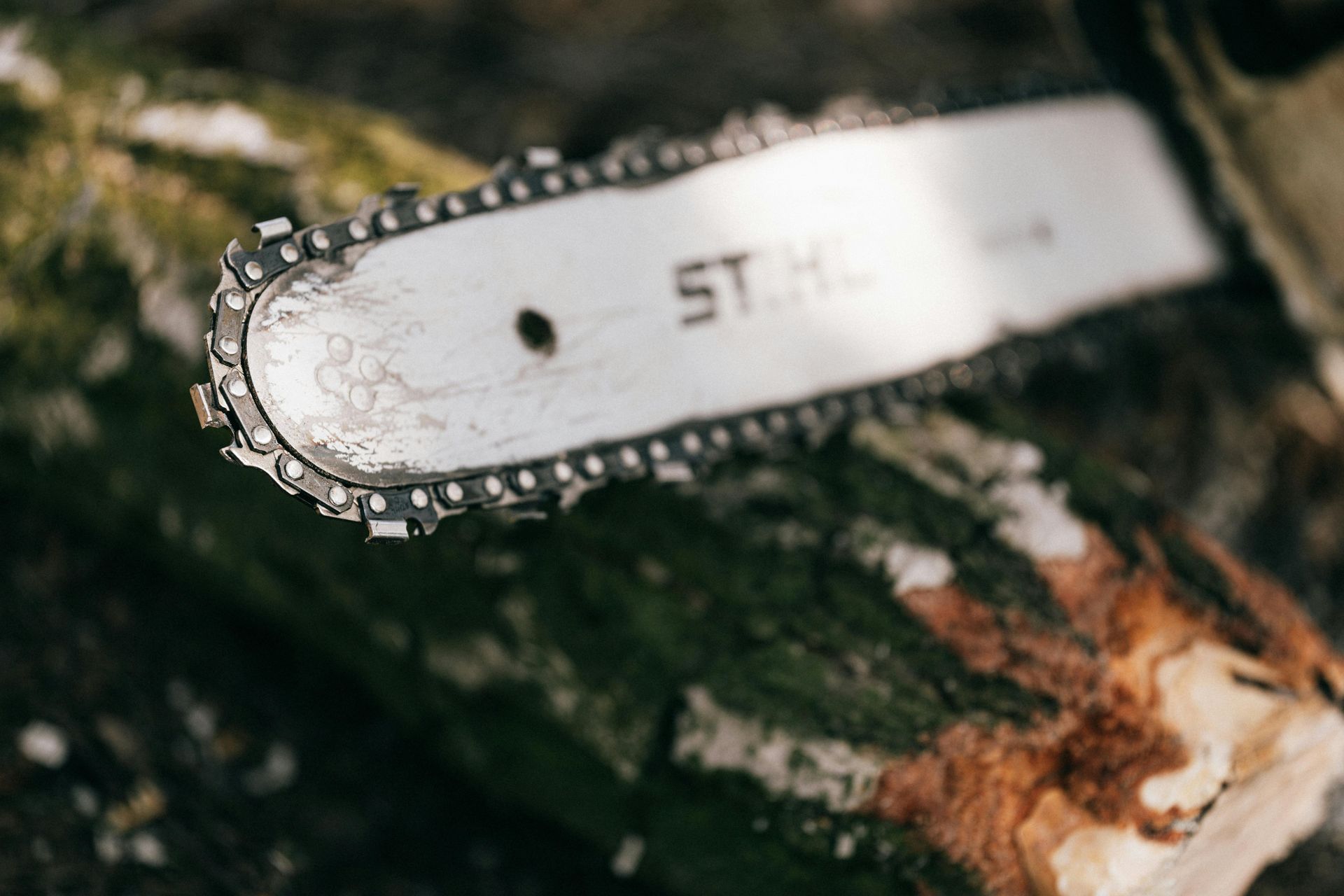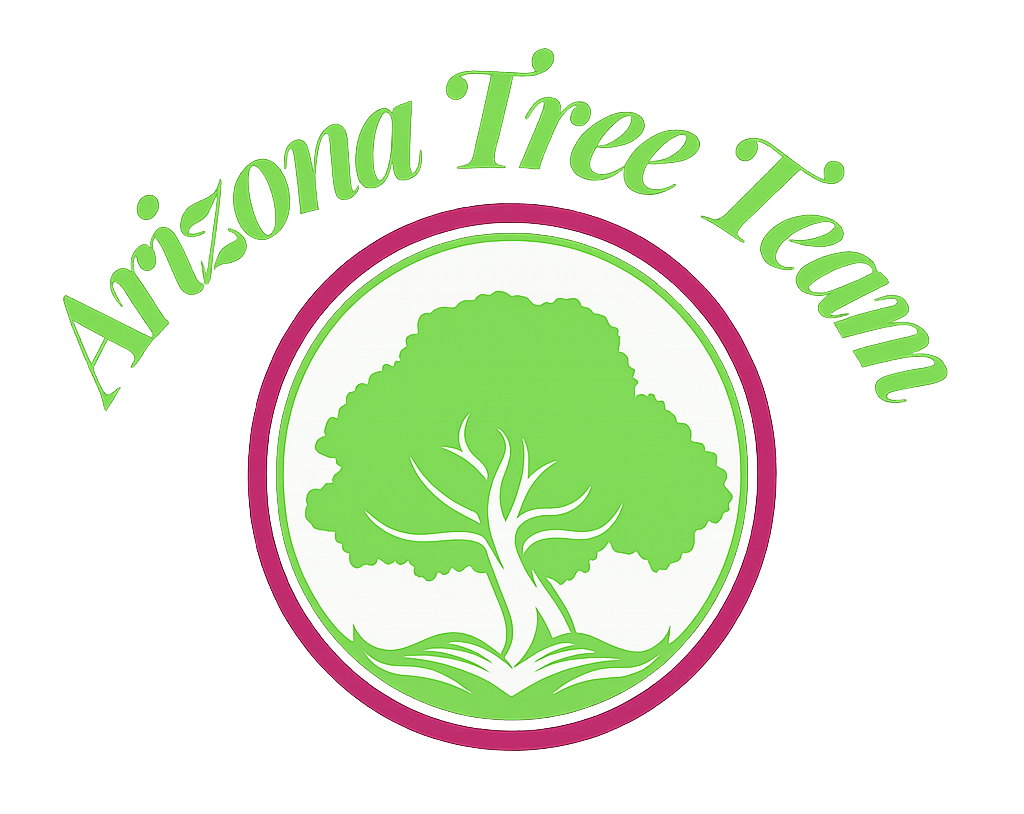Scottsdale Tree Team
October 13, 2025
How to Safely Remove Trees in Scottsdale

Thinking about taking down a problem tree in your Scottsdale yard? Between monsoon gusts, drought stress, and close-set homes, scottsdale tree removal is more than just a chainsaw and a weekend. Done incorrectly, it can damage property, injure someone, or violate local rules. Done correctly, it restores safety, protects your landscape, and respects the desert environment.
In this beginner-friendly how-to, you’ll learn how to evaluate whether a tree truly needs removal, spot red flags that require a certified arborist, and navigate Scottsdale-specific considerations like calling 811 before you dig, checking city and HOA requirements, and timing work around heat and monsoon season. We’ll cover the essential tools and protective gear, how to prepare the site, and a step-by-step cutting sequence designed to keep you, your home, and nearby plants safe. You’ll also get tips for dealing with utilities and structures, managing debris and disposal, and choosing between stump grinding or full removal. By the end, you’ll know when you can handle the job—and when to hire a pro.
Understanding Tree Removal Costs in Scottsdale
In Scottsdale, tree removal costs hinge on species, size, condition, and access. Expect $325–$1,025 for most standing trees; pine removals can span $200–$3,000, while fallen trees are cheaper at $75–$150. Smaller jobs often run $75–$175, aligning with local reports of $75–$895, and tall-tree projects statewide frequently land between $200–$1,600. With prices rising, DIY trimming can help—schedule deciduous trees in winter and evergreens in early spring—but prioritize safety and avoid wet-weather work per this guide to safe removals in the rain. Step-by-step cost check: 1) measure height and trunk diameter; 2) identify species (pines and Sissoo may need specialized crews); 3) note condition—downed, diseased, or near utilities demands professionals; 4) assess access, stump/grinding, and debris haul-off; 5) request two to three quotes from local, family-owned Scottsdale pros. Prerequisites and materials: recent photos, utility marking, HOA/permit status, tape measure, camera, and notepad; expected outcome: a reliable budget range and safe go/no-go decision.
Gathering Necessary Tools and Safety Gear
Prerequisites and Materials
Before you make the first cut, assemble the right kit to work efficiently and stay protected. With professional Scottsdale tree removal averaging $325–$1,025 (small trees $75–$175), many beginners DIY during winter dormancy (deciduous) or early spring (evergreens). Essentials include a sharp, well‑oiled chainsaw, 12–13 mm arborist rigging rope with rated carabiners, and full safety gear. Prioritize PPE: ANSI Z89.1 helmet, cut‑resistant gloves, ANSI Z87.1 goggles, ear protection (NRR 25+), chaps, and sturdy boots. Check HOA rules—ongoing Sissoo tree disputes in Scottsdale neighborhoods show permissions matter—even for local, family‑owned crews.
Step-by-step Prep
Inspect the chainsaw—verify chain tension, brake function, bar‑oil level, and a sharp chain to minimize kickback. 2) Check ropes—retire lines with glazing or cuts; use hardware rated 22–30 kN. 3) Fit PPE—helmet snug, goggles clean, gloves intact, chaps zipped, boots laced. 4) Stage the site—mark a 2x tree‑height drop zone, set escape routes, and never work near downed power lines; call a pro for large limbs or storm‑uprooted trees. 5) Final pass—remove dead or diseased branches year‑round to improve safety and avoid pricier tall‑tree removals ($200–$1,600).
Step-by-Step Tree Removal Guide
1) Conduct a site inspection and risk assessment
Prerequisites and materials: PPE (helmet, eye/ear protection, chainsaw chaps, gloves, boots), sharp saws, plastic wedges, a tag line/rope, throw line, fuel, first-aid kit, and a charged phone. Walk the tree 360° to spot hazards—nearby structures, traffic, pets, wind, slope, decay, lean, cracked unions, and especially power lines; if lines are involved or large limbs are storm-damaged, defer to professionals. Confirm HOA guidelines and be aware of neighborhood sensitivities (ongoing Sissoo disputes can affect approvals). If you’re only trimming, time it well: deciduous trees in winter, evergreens in early spring per this DIY trimming timing guide for Scottsdale. Decide early if the tree’s size or condition exceeds DIY scope.
2) Plan the removal process from top to bottom
Clear a drop zone at least 1.5× the tree’s height and pad it with brush. Establish two escape routes at 45° behind the intended fall. Work from the crown down: remove small limbs with the three-cut method and lower pieces with a rope near stucco, pool decks, or desert plantings. In tight Scottsdale lots, rigging saves damage—and potential costs that can exceed the $75–$175 small-tree removal price. Mark cut points and tie-off anchors before starting.
3) Use safe cutting techniques and control the fall
Cut a face notch toward the drop zone (70° opening, depth 20–30% of trunk diameter). Start a back cut slightly above the notch, keeping a hinge about 10% of diameter; never cut the hinge. Drive wedges to prevent saw pinching and backfall. Use a tag line to steer the trunk, call “Stand clear,” and retreat along your escape path. Expected outcome: a controlled, sectioned removal with minimal property impact; if the trunk barber-chairs or wind shifts, stop and call a local, family-owned Scottsdale removal team.
Tips for Trimming and Maintenance
Prerequisites and materials: gloves, eye protection, sanitized bypass pruners/loppers, pruning saw or pole pruner, rubbing alcohol, tarp. Walk the yard to tag dead, damaged, or diseased (3‑D) limbs; flag anything over 4 inches or near utilities for a pro. Local family‑owned Scottsdale crews should handle big limbs and any work around power lines. Expected outcome: a safe, DIY‑appropriate cut list.
Time your cuts. For deciduous trees, prune in winter dormancy; for evergreens, use early spring per this DIY tree trimming timing guidance for Scottsdale. Remove 3‑D branches year‑round, limit canopy reduction to 15–25% annually, and use the three‑cut method on limbs over 2 inches. Keep 10 ft from roofs and 8 ft above sidewalks; disinfect tools between trees. Expected outcome: healthier structure and fewer storm failures.
Manage invasive Sissoo. Aggressive roots heave hardscape, and removals can trigger HOA disputes—verify rules first. Cut root suckers monthly and consider 24–36 in. deep HDPE root barriers along property lines. If slabs are lifting, schedule phased root pruning and, if needed, removal with stump grinding; monitor sprouts 12–18 months. Expected outcome: controlled spread and protected hardscape.
Troubleshooting Common Issues
Dealing with unexpected fall directions
Prerequisites and materials: plastic wedges, a throwline/tagline, helper/spotter, whistle, and pre-cleared escape paths. 1) If the kerf pinches or the trunk commits the wrong way, stop cutting, engage the chain brake, shout a warning, and retreat along a 45° escape path. 2) Have your helper tension the tagline at a 45° angle from the intended lay while you lightly drive plastic wedges into the back cut to overcome minor back‑lean. 3) If movement trends toward a structure, vehicle, or public right‑of‑way, abandon the cut and call a pro—damage can quickly push costs into the $325–$1,025 range for Scottsdale tree removal, and complex saves may reach Arizona’s $200–$1,600 bracket. 4) Expected outcome: regain control or safely stand down without escalating risk.
Addressing tool malfunctions during tree removal
Prerequisites and materials: PPE, scrench, spare chain, bar oil, fuel, round file, spark plug, and air filter. 1) For thrown or binding chains, hit the kill switch, set the chain brake, and only then retension or swap chains; check rakers if the saw grabs. 2) Hard start? Clean/replace the air filter, inspect the plug, and verify the decompression valve; a 5‑minute tune often averts kickback‑prone underpower. 3) If the bar runs hot or smoking, confirm the oiler flow and clear the groove; never run dry—bar damage stalls jobs and raises risk. 4) Expected outcome: a sharp, lubricated, correctly tensioned saw that cuts straight and reduces fatigue-driven errors.
Managing safety hazards efficiently
Prerequisites and materials: cones/tape for a 2× tree‑height exclusion zone, first‑aid kit, charged phone, and weather check. 1) Scan for utilities—downed or overhead lines mean stop work and call the power company; review professional storm-damage safety guidance. 2) Post a spotter, establish two escape paths, and pause during gusts; monsoon winds can flip a fall line instantly. 3) In HOA areas—especially with controversial Sissoo removals—get written approval first to avoid stop‑work disputes. 4) Expected outcome: controlled work zones that keep beginners, bystanders, and property safe; when uncertain, defer to a local, family‑owned Scottsdale tree removal team.
Conclusion: Safe and Effective Tree Management
Safe tree work starts with PPE, a spotter, clear escape paths, and strict separation from power lines; leave storm‑felled trunks or large, hung‑up limbs to professionals. Time DIY trimming for dormant winter (deciduous) or early spring (evergreens), but remove dead, damaged, or diseased branches anytime. Budget wisely: small removals run $75–$175; most Scottsdale tree removal jobs average $325–$1,025; tall/complex trees can reach $1,600. With HOA debates (e.g., Sissoo) on the rise, document your plan and follow city and neighborhood rules. 1) Prerequisites/materials: PPE, sanitized pruners/saw, wedges/rope, permit/HOA approval; outcome: a compliant, hazard‑aware plan. 2) Action: prune minor limbs under 2 inches and cordon the drop zone; outcome: healthier trees and fewer emergencies. 3) Call a local family‑owned Scottsdale crew when in doubt; outcome: insured, code‑compliant removal by a certified arborist.
